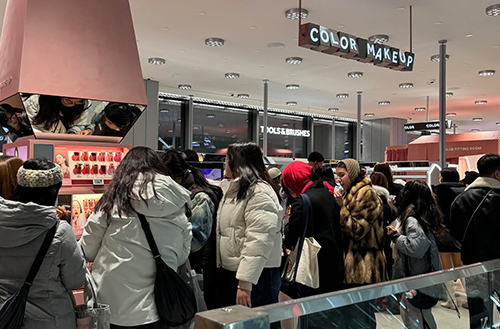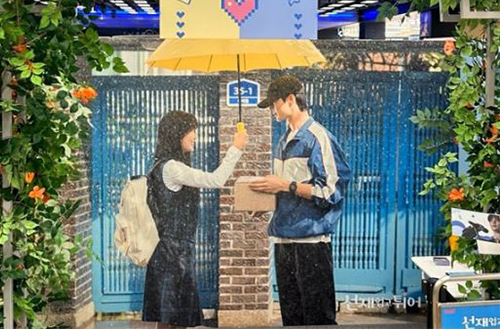
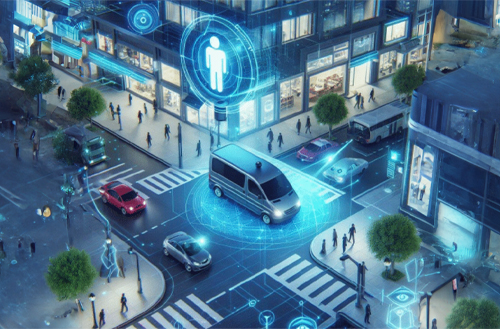
-
-
- 메일 공유
-
https://stories.amorepacific.com/en/amorepacific-how-can-we-gauge-the-success-of-a-pop-up-the-intricacies-of-defining-pop-up-success-metrics
How Can We Gauge the Success of a Pop-up? The Intricacies of Defining Pop-up Success Metrics
Finding the True Pop-Ups In An Era Inundated with Pop-ups #4

Columnist
Hee-sun Shin Sulwahsoo Global Commercial 2 Team

Editor’s note
Welcome to the golden age of pop-ups. We analyze the pop-ups that genuinely work. Gone are the days when merely opening a pop-up was enough to spark novelty. What kind of pop-up excites the Millennials, Gen Z, and Gen Alpha? On what basis should the success of a pop-up be defined? What’s the secret behind the popularity of certain pop-ups? A staff member managing our flagship store, Amorepacific Seongsu, analyses the content of today’s pop-ups, flagship stores, and offline retail trends.
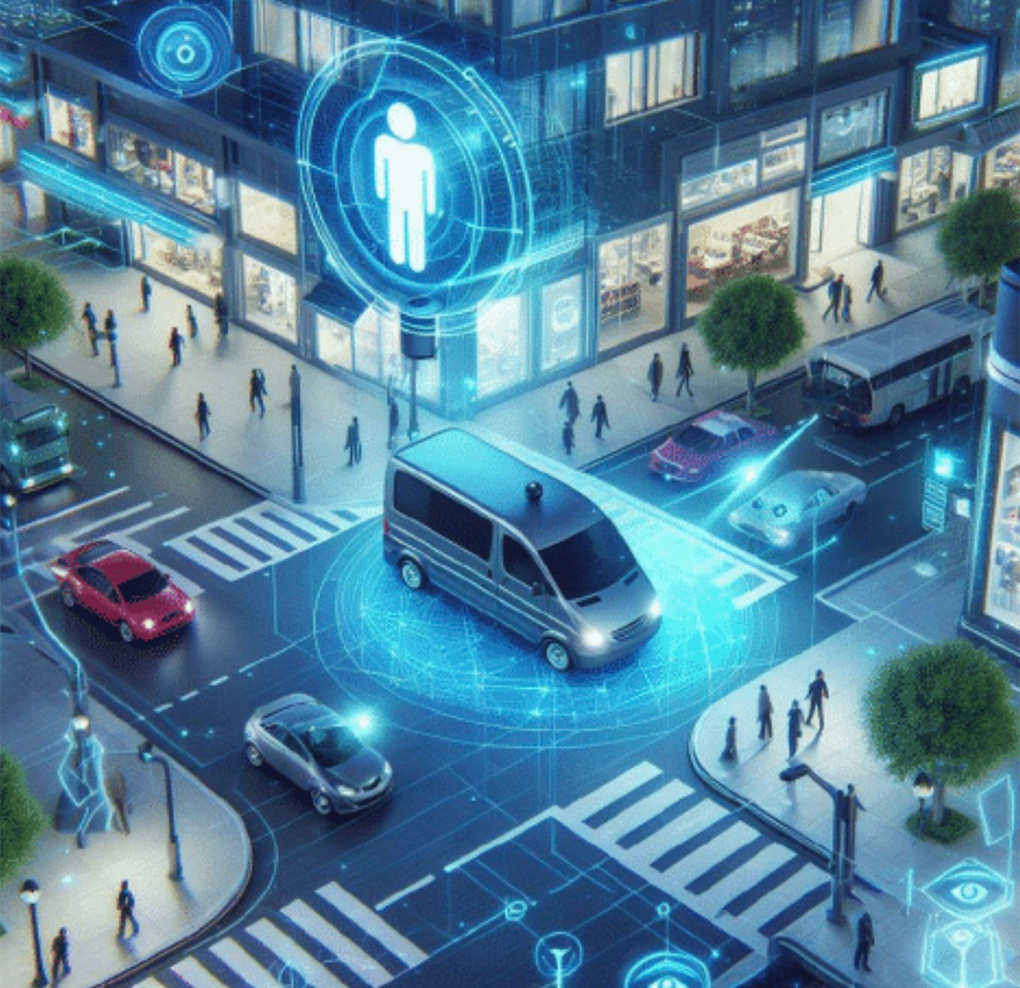
#INTRO
A pop-up store is a temporary retail space operated for a limited period to promote a specific brand or product. True to its name, a pop-up delivers impactful brand experiences and entertainment within a brief window. Yet, paradoxically, this very temporality complicates the establishment of a singular metric for pop-up success. Moreover, the primary objective of most pop-up stores leans more towards enhancing brand recognition and promotion rather than driving direct sales. In these endeavors, the paramount concern is whether the content has been effectively conveyed to the brand’s intended target audience in accordance with the planned direction. As pop-ups become increasingly sophisticated, one emerging technological keyword stands out: 'AI cameras.' At locations such as Amore Seongsu, Amore Busan, and Yeonmujang-gil 11, managed by the Restore Business Team, these AI camera solutions have been adopted to analyze whether pop-ups are being executed as envisioned, thereby striving to create more efficient pop-up experiences.
1 Beyond Mere Visitor Counts: ‘Targeting’ Our Intended Audience
While AI camera solutions, constrained by privacy laws, do not capture information capable of identifying individuals, they record visitor characteristics in real-time, yielding meaningful analytical insights. A few years ago, Amore Seongsu integrated an AI camera solution, enabling convenient data access and facilitating more nuanced customer analysis.
Before adopting AI cameras, customer analysis was undoubtedly addressed. The company conducted comprehensive analyses through a check-in system, tracking total visitor numbers, customer counts by day and time, and demographics such as gender and age. However, the post-COVID surge in foreign visitors posed new challenges. Many foreign tourists temporarily in the country lacked mobile phones capable of domestic check-ins, resulting in incomplete data capture. At this juncture, AI camera solutions emerged as a viable alternative. Since AI camera systems rely on existing CCTV infrastructure within stores, customers are not required to check in manually, enhancing convenience. Additionally, an intuitive dashboard allows for real-time access to customer data.
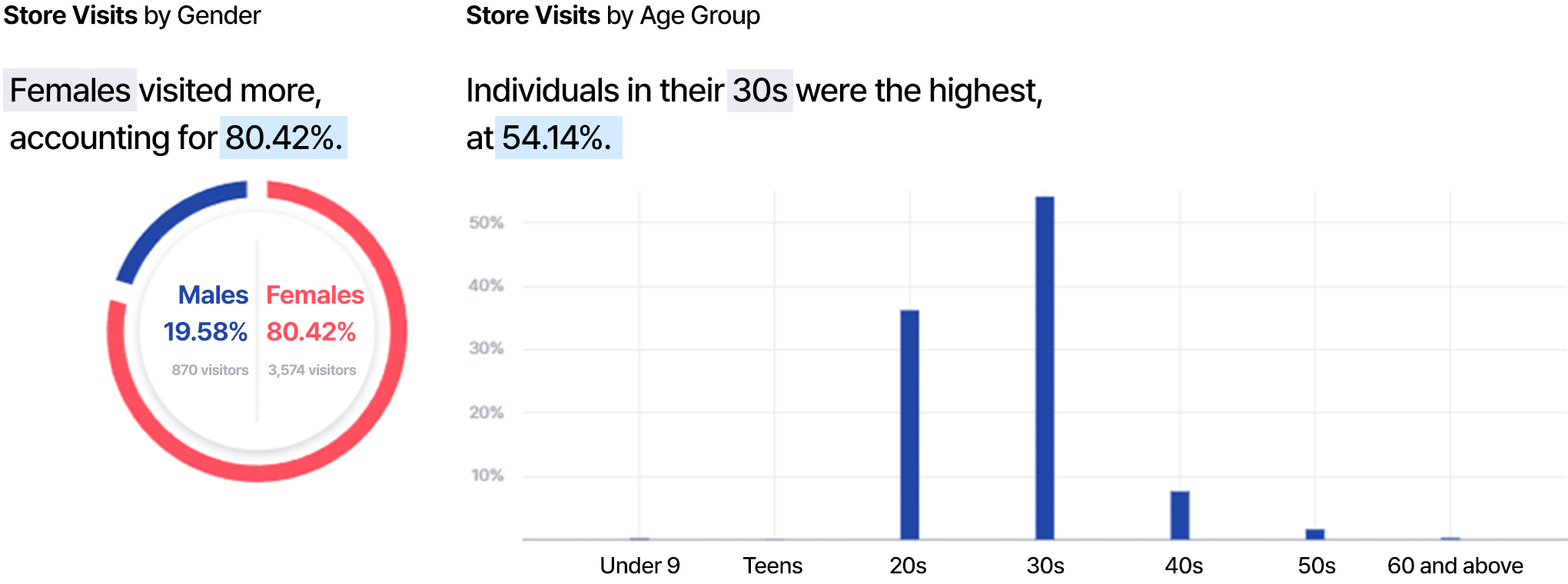
Source: May-I (Video-based Visitor Behavior Analysis Platform) https://may-i.io/
However, among the data collected by AI cameras, the most valuable for pop-up stores is dwell time. Ultimately, since pop-ups are spatial experiences, the key metric is how long the brand’s intended target customers remain within the pop-up space. Data illustrating the duration of visits across different genders and age groups serves as a valuable success indicator for pop-up stores. Naturally, dwell time data must be interpreted carefully, considering varying factors such as operating hours and weather conditions.
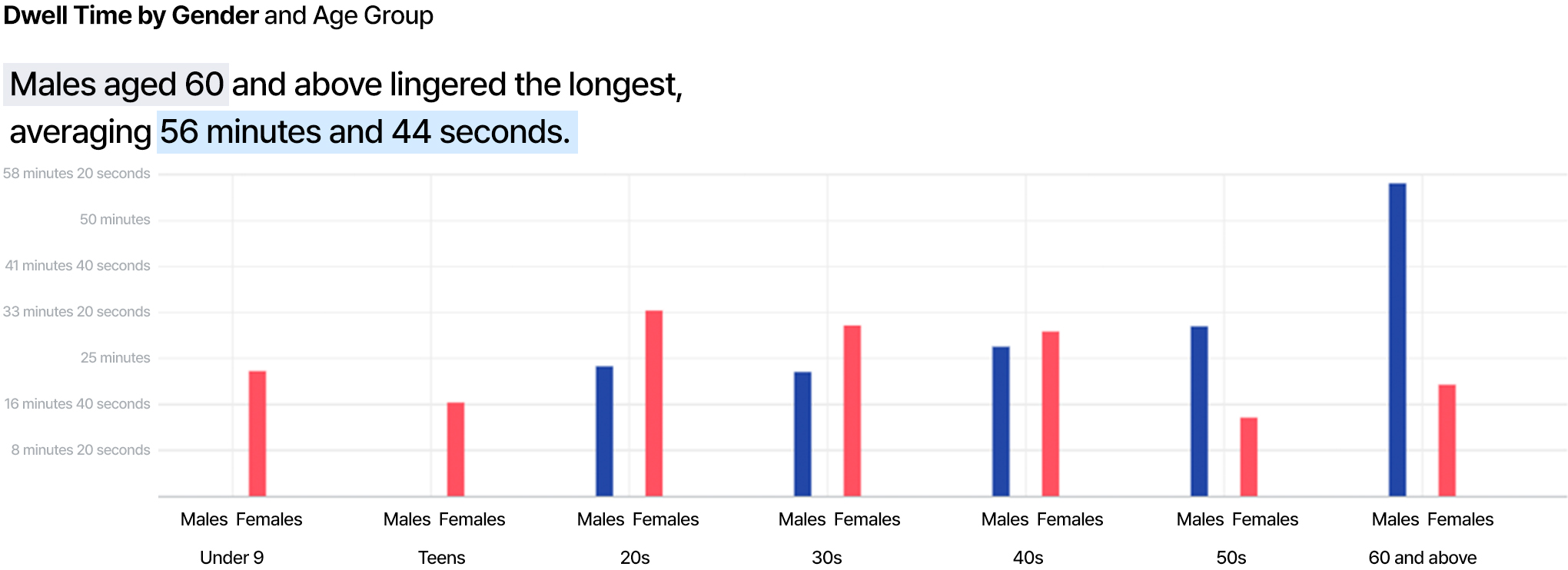
Source: May-I (Video-based Visitor Behavior Analysis Platform) https://may-i.io/
Depending on the pop-up’s location, it is possible to measure not only the internal foot traffic but also the external pedestrian flow. Amore Busan and Yeonmujang-gil 11 are situated on main traffic thoroughfares—the Haeundae commercial district and Seongsu-dong’s Yeonmujang-gil, respectively. In such cases, AI cameras installed externally analyze the traffic within these commercial areas, allowing us to determine what percentage of passersby visited our pop-up. This contrasts with the Amore Seongsu, located in a place customers ‘must actively seek out.’
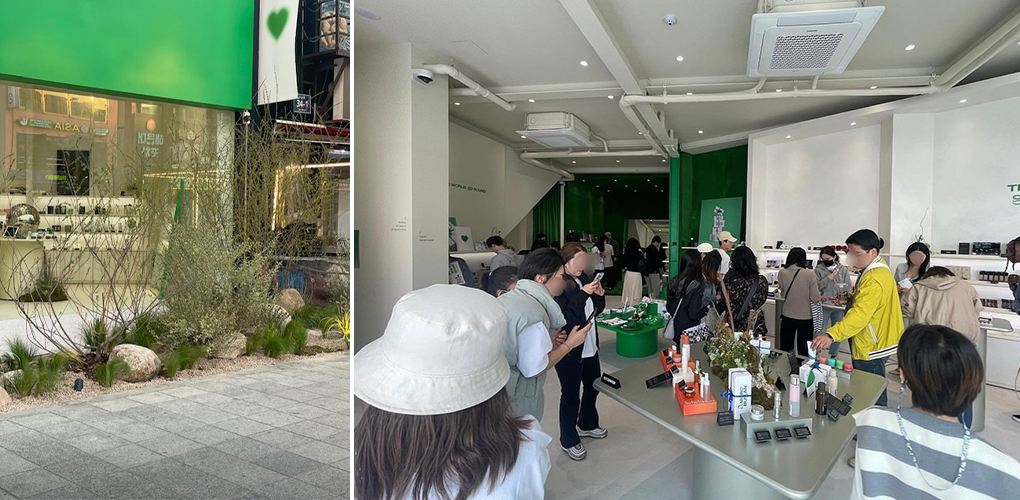
(Left) The security CCTV at Amore Busan is equipped with an AI camera solution to also measure external traffic. [Source: Personal Collection]
(Right) In the interior, stay data is being measured by dividing the area for each table. [Source: Personal Collection]
2 Measuring the Intended 'Actions' for Each Pop-up Content
The data from AI cameras can be utilized in various ways, allowing for detailed measurements of the entire pop-up space and each content area. By predefining zones for each content segment, the system tracks metrics such as the number of visits to each zone, the number of visits lasting over 30 seconds, average dwell time, and the most frequent visitor demographics. The ratio of visits that exceed 30 seconds—termed the "Dwell Conversion Rate"—indicates whether content has effectively engaged customers for a sufficient duration, implying that the intended spatial experience was achieved. This metric is particularly useful for evaluating areas designed to evoke brand storytelling or showcase essential products through interactive experiences. Since it’s challenging to ascertain whether fleeting visitors genuinely noticed a particular space, setting a minimum dwell time helps assess the attractiveness of the content. For instance, if the content is specifically designed to target women in their 20s, observing a high dwell conversion rate among this demographic within that zone provides exhilarating confirmation of the content’s success.
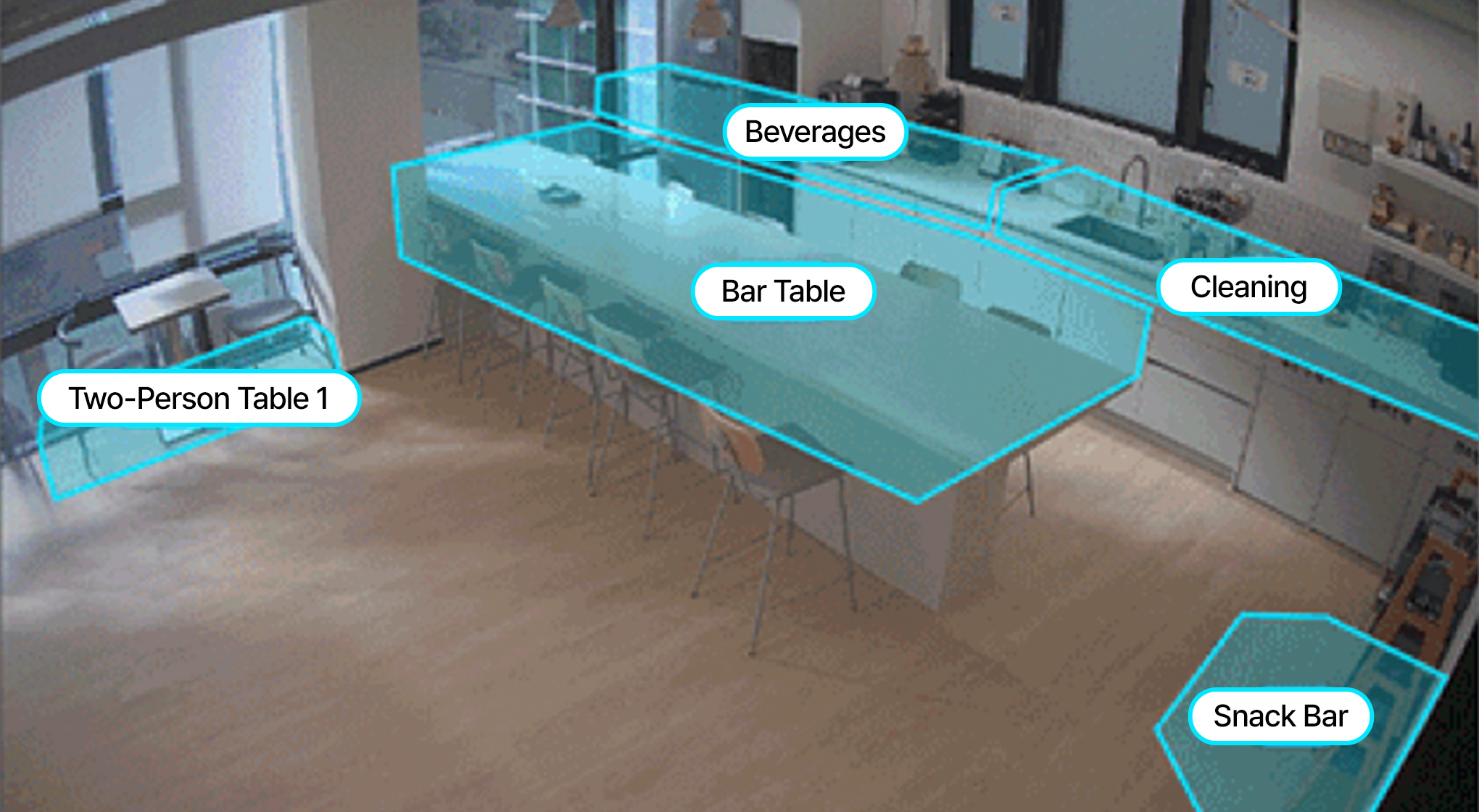
Example of Zone Setup / Source: May-I (Video-based Visitor Behavior Analysis Platform), https://may-i.io/

However, these data indicators are not solely for result analysis. On the contrary, they are invaluable for understanding the brand’s customer base. For example, the pop-up for the brand "Puzzlewood," developed from the spatial aesthetics of Amore Seongsu and not targeting a specific age group, benefited from AI camera insights. The data revealed which genders and age groups responded most positively, allowing for a retrospective audience engagement analysis. By installing diverse content throughout the space and observing which areas elicited the most vital reactions, future pop-up concepts can be more precisely defined.
AI camera solutions can be meaningfully leveraged by aligning each dataset with the various objectives of a pop-up. Additionally, these metrics can be further refined based on data from previous pop-ups conducted in the same spaces. Amore Seongsu, Amore Busan, and Yeonmujang-gil 11 continuously host a variety of pop-ups, with the Restore Business Team diligently accumulating and analyzing data to derive actionable insights. New pop-ups can utilize existing data to establish more precise KPIs or to develop more effective strategies.
3 Measuring 'Purchase Conversion' by Linking Data
Looking ahead, I believe that AI camera solutions will enable the measurement of purchase conversion rates for sales-oriented pop-ups, which have been steadily increasing. The current method of measuring purchase conversion through AI technology is somewhat indirect, assuming customers who spend time in the sales area make purchases. However, by integrating this data with our company’s actual sales figures, we can more accurately determine the direct impact of pop-ups on purchases. Rather than solely relying on external AI solutions, leveraging our internally gathered data can create greater synergy. Our company has long established robust systems for collecting purchase-related data. While not all pop-ups can be evaluated solely based on sales performance during their operational period, pop-ups with specific sales objectives—such as fandom pop-ups or merchandise pop-ups—can effectively measure performance through purchase conversion rates.
#OUTRO
How can we define the success of a pop-up? It remains a challenging question, especially in an era where the cost of renting spaces for pop-ups is astronomically rising, making it an unavoidable concern. What is increasingly necessary are more fundamental questions: What is the purpose of this pop-up? Who is the target audience? By contemplating these questions, the answers can provide clarity. When they are clear, the data provided by AI camera solutions might serve as a powerful tool for measuring success indicators.
-
Like
0 -
Recommend
0 -
Thumbs up
1 -
Supporting
0 -
Want follow-up article
0



